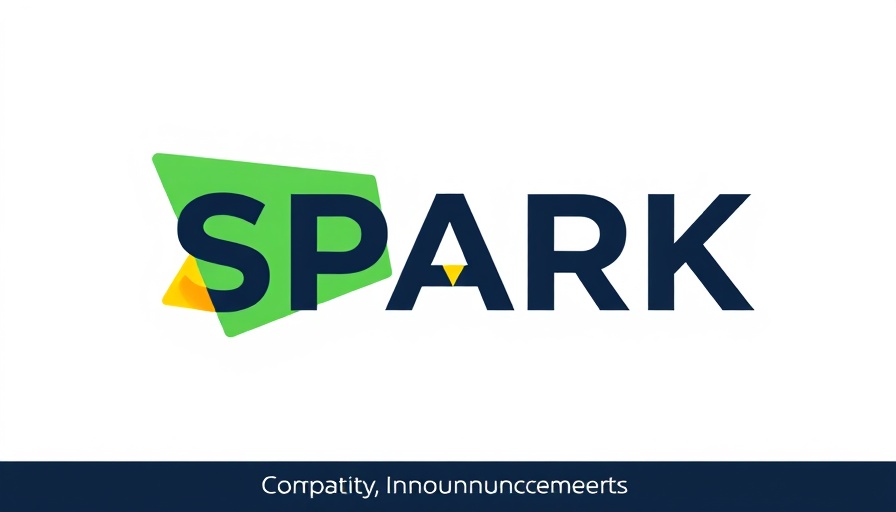
The Healthcare Landscape Awaits Transformation
Jane Stephenson has stepped into the role of chief executive at SPARK TSL, bringing with her an ambition to harness technology to transform patient care and clinician productivity. As the healthcare industry increasingly pivots to digital solutions, the integration of SPARK Fusion is positioned as a critical component for enhancing hospital operational efficiencies and patient experiences.
From System C Healthcare to SPARK TSL
Transitioning from her role as chief revenue officer at System C Healthcare, Stephenson is no stranger to innovations aimed at revolutionizing care. Her previous experiences, including leadership at Clevermed, have imbued her with unique insights on optimizing healthcare delivery. “I believe SPARK TSL has the same priorities: to support clinicians and improve care for patients,” she stated, reflecting a vision for tangible improvements in the healthcare landscape.
SPARK Fusion: Key to Enhancing Communication
SPARK Fusion offers a suite of functionalities designed to enhance communication between healthcare professionals and patients. It includes innovative tools that facilitate immediate feedback from patients, reduce waste with meal ordering systems, and ensure consistent communication about treatment and recovery processes. By modernizing how patients interact with their care team, SPARK TSL opens new pathways to improving not just efficiency, but recovery rates as well.
Harnessing Technology for Operational Efficiency
The healthcare sector stands to benefit significantly from the technological innovations introduced by SPARK TSL. Positioned as a part of G-Cloud 14—a marketplace designed to streamline the procurement of digital solutions—SPARK TSL not only becomes a resource for trusts looking to implement effective tools but also plays a role in easing the exploration of technology that improves patient care. With a commitment to quality and performance, the company's solutions are built to adapt to the continuous changes and challenges faced in healthcare delivery.
The Future of Healthcare is Digital
Looking ahead, Stephenson's leadership may pave the way for SPARK TSL to lead digital transformation across UK healthcare settings. With notable features such as the integration of electronic patient records and bedside management on personal devices, SPARK Fusion aligns with NHS England's vision for a 'digital hospital' of the future. By fostering a culture of engagement through technology, SPARK TSL stands ready to rethink how healthcare functions remotely and in-person.
 Add Row
Add Row  Add
Add 




 Add Row
Add Row  Add
Add 

Write A Comment